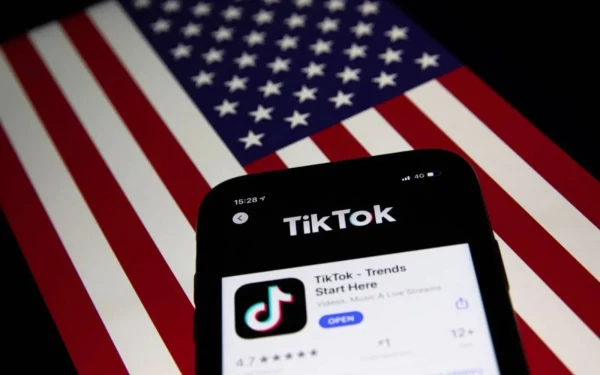How Much is Your Change Really Worth?
In January of this year alone, the U.S. Mint produced over 919 million coins for public use according to www.coinnews.net. This, coupled with how long the U.S. has been producing coinage (the first federally minted coins were distributed in March of 1793), means the odds are pretty good that there are some especially rare coins out there. So, instead of just getting rid of your spare change, why not to take a few minutes to see if you have some of the most rare and expensive coins ever minted in our country? Doing so could turn those few measly cents into a whole lot more!
Before you smash open your piggy banks, however, it is important to understand where and how U.S. coins are produced. In 1792, President George Washington appointed scientist, mathematician, and astronomer David Rittenhouse to be the first head of the U.S. Mint. Rittenhouse decided to locate the first mint in Philadelphia which was, at the time, the nation’s capital. The first denominations of coinage in the U.S. included half-cents (copper), cents (also copper), half-dimes (silver), dimes (silver), quarters (silver), half-dollars (silver), dollar coins (silver), quarter-eagles ($2.50) (gold), half-eagles ($5.00) (gold), and eagles ($10) (gold). These denominations and their designs were changed in later years through several federal acts.
Coins are minted today using what is called a die. A die, which is metal, is made by a negative impression of the design of the coin, and operated by pressing a blank piece of metal through the bottom and the top dies. They are then distributed to banks throughout the country and brought into circulation. Multiple mints have been active throughout history, however, the three that remain in operation today include those in Philadelphia, Denver, and San Francisco. There is a mint in West Point, New York, but it is only used for minting gold and silver bullion and other special coinage.
Most U.S. rare coins exist for two reasons: the first is limited mintage, and the second is accidental error. This mostly occurs when the metal in the die cracks or when the die is accidentally pressed twice. So, with all of this in mind, below are some of the most valuable U.S. coins that you could find in your wallet, pocket, or in between your couch cushions.
We will begin with a personal favorite of mine, the 1943 copper cent. According to www.usgov.mint, in 1943, the United States Army was constantly using copper to make ammunition shells for soldiers in World War II. To assist the war effort, the mint decided to use zinc plating on their cents instead of copper that year. Despite this, there were a few copper cents minted in 1943, but there are only 15-40 in existence today. While it is extremely unlikely that you will ever find one, there was once a 16-year old boy who found it in his lunch money. It is a subtle, yet rare error; specimens have been known to sell for anywhere from $100,000 – $1,700,000 at auction, so be on the lookout!
The next coin is a more common, yet still valuable one. In 2004, while the Wisconsin state quarter was being minted, a slight error caused a particularly obscure error. If you look closely at the corn on the reverse of a quarter with the error, you will notice an extra leaf. This error has resulted in such coins selling for between $1,000 – $1,200, and there is a good chance that you may find this quarter as it is only 17 years old!
Another more common error is one from 1982. A mint employee forgot to add the mint mark to a die. The mint mark is a small abbreviation that denotes which mint the coin is from, and this resulted in a series of Philadelphia Roosevelt dimes missing the traditional mint mark. To identify this error, you must look below the date on a 1982 dime, and if there is nothing there, then you are in luck! A good specimen of this dime will most likely retail for about $250.
The final coin is a 2005 nickel. In that year, the mint released a special series of nickels commemorating Lewis and Clark’s journey to the westward frontier, and one of the designs on the reverse included a buffalo. The animal is an homage to the buffalo nickel initially released in 1913 which was designed by James-Earle Fraser. On this nickel, you may find what looks to be a spear running through the bison’s back; that is actually an error! Coins with this interesting error can go for around $1,200.
So what’s the best way to find these rare coins? The foremost and easiest way is simply to dig through your pocket change. Ask members of your family for any coins they may have, and/or do a little research yourself. If you enjoy the hobby, I recommend getting started by purchasing a guide to U.S. coins. There are a number of them available, however, I recommend the Red Book published yearly by Whitman. Alongside this, go to your local bank and exchange some bills for some coin rolls of your choosing They almost certainly have a few, and when you get them, bring them home, and start searching!





+17273267727 • Apr 2, 2022 at 6:09 am
Great information